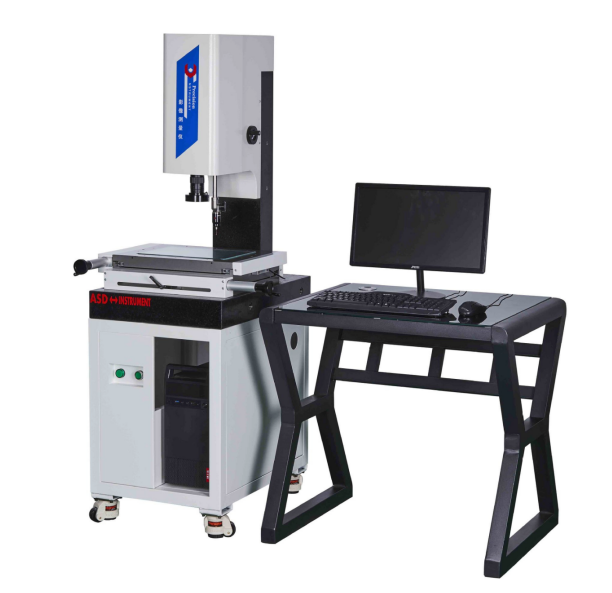Breeding Method 1. Seed Propagation Seeds are typically harvested in early September. After the pulp has softened, they are thoroughly rinsed, and the pulp is removed. The seeds are then prepared for stratification. First, they are soaked for two days. Once removed, they are mixed with twice their volume of clean Xihe sand and moistened with water. The mixture is placed into breathable and water-permeable woven bags. A pit is dug, approximately 0.5 meters deep, and the bag is laid flat inside. The pit should be slightly larger than the bag to allow proper coverage. The soil is filled around the bag, forming a small hill slightly above ground level to prevent waterlogging. In the following spring, about one week before sowing, the seeds are carefully excavated. They are exposed to sunlight to increase temperature to 20-24°C, and kept moist. Regular inspections are carried out; once the seeds begin to open rapidly, they are transferred to a cold storage room at 0-2°C. Sowing is done one week before the last frost in the local area. Before planting, the soil is finely prepared using sandy loam with good drainage. Organic fertilizer is applied at 1000 kg per 667 m². Raised beds are created, 30 cm high and 1 m wide. Prickly pear seeds are small, weighing about 10 g, and can be either sown in rows or broadcasted. The sowing rate is 4 kg per 667 m². The bed is moistened before planting, and after sowing, a 2 cm layer of soil is used to cover the seeds. The soil is gently compacted. Seedlings usually emerge within 20 days, and after two years of cultivation, the plants are ready for transplanting. 2. Vegetative Reproduction (1) Cuttings Propagation In early July, young seedlings from the same year are collected. After collecting them in the morning when the leaves are still wet, they are immediately placed in water to keep them hydrated. Cuttings are made indoors. Select semi-lignified shoots that are about 15 cm long, with 2-3 buds. The top cut is made 1 cm above the bud, creating a flat cut, while the bottom is cut at an angle. Approximately one-third of the leaves are removed. The cuttings are then soaked in ABT3 rooting powder at a concentration of 200 ppm, with the lower part submerged 4 cm deep for one hour. The cuttings are inserted into a propagation bed with intermittent misting. The bed is circular, 12 meters in diameter, surrounded by bricks 30 cm high. The substrate consists of three layers: 10 cm of pebbles at the bottom, 5 cm of coarse sand in the middle, and 10–15 cm of clean river sand on top. The river sand should have a pH of 6.5–7 and be free from contaminants. The center of the bed is slightly elevated to accommodate the misting system. Approximately 600–700 cuttings are planted per square meter. During the initial rooting phase, continuous misting is essential, with nozzles operating every minute. As the cuttings develop root capacity, the misting intervals can be gradually increased. (2) Propagation of Rosa roxburghii This species has strong tillering ability, producing numerous new shoots from its roots each year. In the fall, selected shoots are dug up, ensuring that each ramet has its own set of roots. Each plant should have 3–4 shoots and a well-developed root system. The main root is cut at a 45-degree angle, and the plants are overwintered before planting. Before planting in the following spring, the seedlings are protected from cold using materials like grass curtains. Rodent control measures, such as bait stations, are also implemented. Planting is done in the spring to ensure successful establishment. Manual Video Measuring Machine Manual vision measuring machine is a precision measurement instrument that uses manual driving for 3 axes, and the measurement software is manual point taking. This instrument uses a zoom objective to magnify the measured object, and the image is input into a computer through a CCD industrial camera device. The enlarged image of the measured object is transmitted to the measurement software for non-contact and efficient geometric measurement of various complex workpieces. Suitable for non-contact measurement of stamped parts, plastic parts, thin film shaped, easily deformed, easily damaged, and small-sized workpieces, such as workpiece measurement in industries such as rubber, plastic, small hardware, clocks, and light industry.Video Device The vision measuring machine consists of three parts: an image acquisition device, a data acquisition device, and a two-dimensional measurement software. The zoom objective lens and high-resolution color camera form an image acquisition device, and the data acquisition device is composed of a grating ruler and a data processor. The image and data are measured using 2D measurement software to achieve point, line, arc, and distance measurements. Manual Video Measuring Machine,Manual Video Measuring Machine,China Manual Video Measuring Instrument,Video Device Zhejiang dexun instrument technology co., ltd , https://www.dexunmeasuring.com .
.